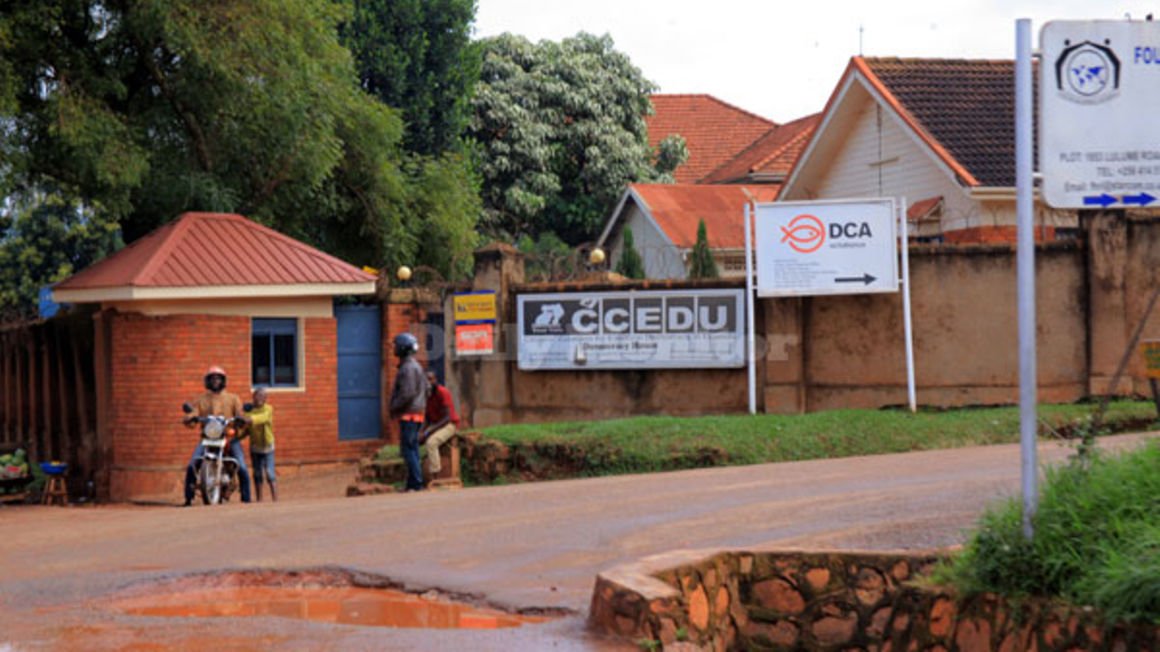Understanding Uganda’s civil society
Editors John De Coninck, Arthur Larok successfully bring together some of the most instructive articles about the history, characteristics, challenges, and prospects for civil society actors and practitioners, academics, government policymakers, and other stakeholders interested in the study, contribution, and evolution of civil society through the book Uganda’s Civil Society.
What and how much do we really know about civil society in Uganda?
Is civil society capable of a single definition?
Beyond the non-governmental organization (NGOs) or community-based organisations (CBOs), what else is there about civil society? Last but not least, those who operate in the civil space and those charged with regulating the various business of country—do they have a clear understanding of civil society and its roles?
These are some of the questions that editors John De Coninck and Arthur Larok attempt to answer in a new book, Uganda’s Civil Society: History, Challenges and Prospects, recently published by Fountain Publishers.
Over its 419 pages, De Coninck and Larok weave together 22 chapters by various authors to produce an analytical, critical and thought-provoking book about the nature, evolution and contribution of civil society to the nation and to its development.
Both De Coninck and Larok have been part of Uganda’s civil society for many years but their close association, rather than produce a blind single focus narrative, provides them instead with highly useful inside track through which they offer an unbiased lense into the sector.
De Coninck poses the poignant question in the book’s opening chapter in terse words: “But let us step back: is the notion of civil society itself of relevance and of use in our local context?”
This publication provides a first home for a range of views, analyses, and research outcomes – both previously published and new.
While there have been attempts to generate knowledge about civil society in the recent past, these resources had remained scattered, making it difficult for NGO workers, researchers or students of civil society to make any comparative analysis about the sector.
This book successfully brings together some of the most instructive articles about the history, characteristics, challenges, and prospects for civil society actors and practitioners, academics, government policymakers, and other stakeholders interested in the study, contribution, and evolution of civil society.
The book comes at the time when civil society in Uganda and elsewhere is facing scrutiny from the State, when the legitimacy of NGOs is increasingly questioned and when the country is moving away from the facile assumptions made about civil society organisations two decades or so ago: their strong value base, their seemingly unstoppable growth, their commitment to social justice; their representation of the poor and disadvantaged; their autonomy from the State and their relative effectiveness in service delivery compared to government agencies.
Featuring 22 articles, this volume thus seeks to address several questions – is the notion of ‘civil society’ helpful in understanding Uganda’s history and in positing scenarios for the future? What does such a notion precisely mean in the local context? What has been the role of civil society over the years? Has it made a mark? What drives its development and how does it relate to the State? What are the current challenges and how might these be addressed in the future?
These are questions of much current relevance. Thus, one chapter examines the role of women, civil society and politics in contemporary Uganda. Another calls for greater scrutiny of the assumption that poor people are found in groups, given the dominant approach to supporting community organisations by public, private and civic agencies.
At the time when the debate on integrity and values is rife in Uganda, the book also attempts to establish whether civil society is a values-driven sector. Are civil society organisations in fact any different in their behaviour compared to the public and for-profit sectors? What is the legitimacy of their “watch-dog role vis-à-vis government?
Questions are also raised about the driving forces in civil society leadership and whether these are different from leadership practices in other sectors.
The question of what impact civil society has made in Uganda’s development is covered with a specific focus on responses to HIV/Aids, case studies of income generating projects, peacebuilding, and land use.
An important feature of the book is a discussion of Uganda’s civil society financial resources. This is particularly important because of the label often placed, especially on NGOs, as being unduly influenced by foreign funders at the expense of ‘local content’. Similarly, the book illustrates the impact of western management tools on Ugandan NGOs and what impact this may have on their identity. The challenges imposed by the current aid architecture on Uganda’s civil society organisations are discussed and questions raised about their sustainability.
The concluding chapter discusses factors likely to influence the future relevance of the country’s civil society, including the character of the Ugandan state, technology, funding trends, the rise of non-conventional people’s movements, and argues that the kind of leadership the sector builds will be critical to its future relevance.

Cover: The book comes at the time when civil society in Uganda and elsewhere is facing scrutiny from the State.
The book
Title: Uganda’s Civil Society: History, Challenges And Prospects
Pages: 419
Editors: John De Coninck, Arthur Larok
Publisher: Fountain Publishers
Release date: April 23 2021
Price: Shs40,000
Available: Aristock Booklex, Mukono Bookshop, Uganda Bookshop, NGO Forum

